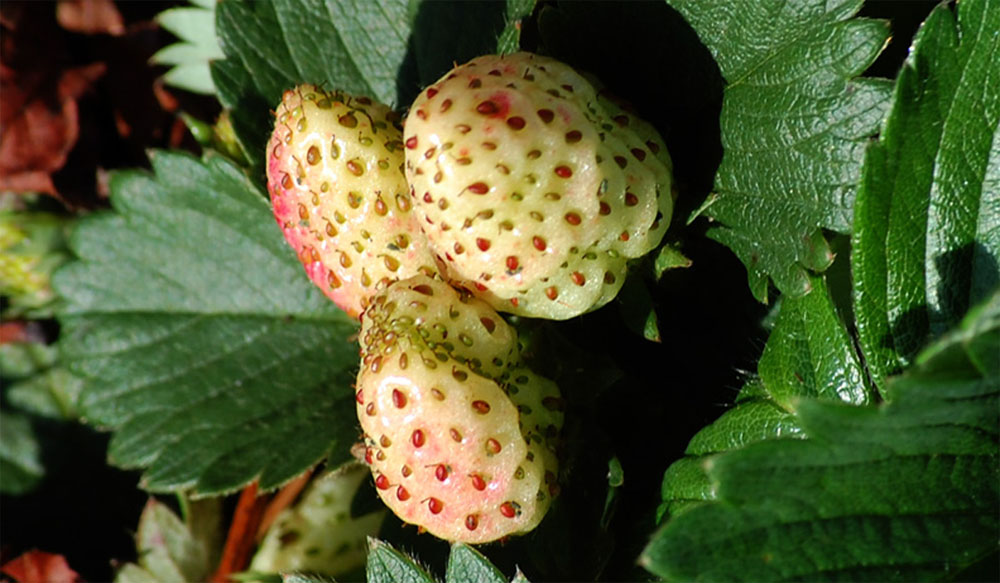Normal digging, even where the topmost layer is removed first and the bottom of each trough is broken up, only disturbs the upper layer of soil, the “topsoil.” This is quite sufficient in most areas as it makes sufficient tilth for most of our plants to be sown or planted and for their initial roots to run in. However if the soil is dug even more deeply, using double of “bastard” trenching, our plants’ roots can penetrate down more easily, aiding their growth even more. This technique is often practiced where the deeper or “subsoil” is heavy, waterlogged, or compacted.
How to Double-Dig
Start as before, but this time dig out three lots of soil. First, take the topsoil, and the next layer of subsoil (keeping these apart) from the first strip, and the topsoil from the second strip (which can be piled with the first strip’s topsoil). Then break up the bottom of the deeper (two layers deep) trench you dug in the first strip. Place the subsoil from the second strip in the base of the first, deep trench, breaking it up with the back of the spade, and cover with the topsoil from the third strip. You can then break up the bottom of the second strip and put the subsoil from the third in the base, covering with the topsoil from the fourth strip. Carry on until you teach the last strip, which is filled with the retained subsoil and topsoil from the first trench.
Tips for double-digging
Try to ensure that the subsoil is not mixed with the topsoil or brought to the surface, as it is usually poorer in both texture and fertility (it is also often a different color). The topsoil is lighter in texture and is needed near the surface to keep all the air-breathing, fertility creating organisms alive. If your soil is especially waterlogged or compacted, the depth of the trenches can be increased further by digging yet another, deeper spit in the same manner. I’m not convinced of the benefit of this “triple digging” on most soils, but don’t let me stop you trying it¡ªthe Romans considered a depth of nearly 6 feet sufficient, but they didn’t do the digging themselves!
How to dig¡ªand how not to
1. If you aren’t used to digging, you will probably find that your arms and legs are tired after a session in the garden, but this will soon ease. However, with the wrong technique, shown here, you can do long-term damage to your back. Avoid this by choosing a spade to suit your height (the handle should reach waist height when you are standing up straight]; keeping your back straight as you dig; and moving your arms and bending your knees, not your back.
2. Push the blade straight down into the ground.
If you hold it at an angle you will cultivate less depth of soil, so it will take more effort to reach the depth you want.
As with all cutting tools, keep the blade sharp so that the spade penetrates the soil easily.



